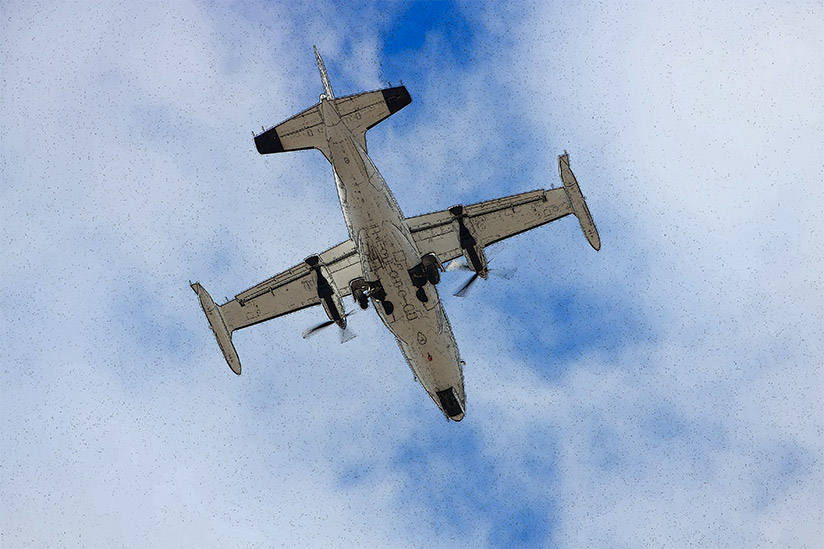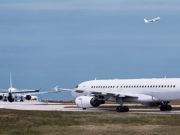
The onshore resource sector recorded no aircraft accidents in the first three months of 2023, according to data tabulated by Flight Safety Foundation’s Basic Aviation Risk Standard (BARS) Program.
This result highlights the continuing downward trend in aviation accidents and fatalities in the sector since the establishment of the BARS Program in 2010.
More than 12 accidents were reported in each of the first six years of the BARS Program, but every year since 2017, fewer than seven accidents occurred. In 2022, there were two fatal accidents and two non-fatal accidents.
Since 2017, 26 people have died in aviation accidents in the onshore resources sector, compared with 247 fatalities between 2010 and 2016.
David Anderson, managing director of Flight Safety Foundation’s BARS Program, said the accident-free first quarter of 2023 was a positive result.
“It shows what happens when organizations start working together; that is, the mining companies, the resource sector and Flight Safety Foundation working in a collaborative and unified way,” Anderson said.
The Onshore Resource Sector World Wide Accident Summary for the first quarter of 2023 will be discussed at Flight Safety Foundation’s biannual Technical Advisory Committee meeting in Brisbane, Australia, in June. The Technical Advisory Committee meeting is a collaborative forum that allows subscribed BARS member organizations to contribute to the development of the five BAR Standards and to the direction of the BARS Program as a whole. The BARS Program has conducted over 1,200 audits of aviation operators since it began in late 2010.
Anderson said the accident summary monitors a range of contracted aviation activities; in particular, data show that accident rates for passenger-carrying operations had shown a significant improvement.
“Due to the absence of accurate flight hours specific to the resource sector, the quarterly accident report is presented as a list of events and not normalised as an accident rate,” Anderson said. “This data has been incredibly hard to collect due to the wide variety of operations and service providers globally. Nonetheless, the report does indicate trends and areas requiring further effort from a safety point of view.”
Anderson said the BARS Program provides a longitudinal view of aircraft operators over an extended period and that further analysis of the data would help drive future safety improvements.
“We can see the aircraft operator improve over the years as they become more aligned with the BAR Standard and their operations become very focused on safety,” he said.
Cargo transport, construction and sling loading operations remained accident-free in 2022, while three accidents were recorded in aerial surveying operations.
Since 2017, 45 percent of the reported accidents occurred in Canada, where mining activity has increased significantly in the past five years. In addition, 25 percent of the reported accidents were in Australia, 20 percent in Russia and 10 percent in the United States.
Since 2020, there has been only one fatal accident involving a fixed-wing aircraft. It occurred in March 2022 when a Cessna U206G Stationair crashed in Western Australia after conducting aerial survey work west of Norseman.
Anderson said Flight Safety Foundation was working closely with the International Airborne Geophysics Safety Association (IAGSA) to drive improvements in aviation in resource sector surveying work.
Flight Safety Foundation is also working on an accident summary focused on the utility and energy sector that is expected to be released in the first half of 2023. An updated version of the BAR Standard for the utility and energy sector is expected to be released in June.
Image: © Josh Beasley | Wikimedia Commons CC-BY-SA 2.0


